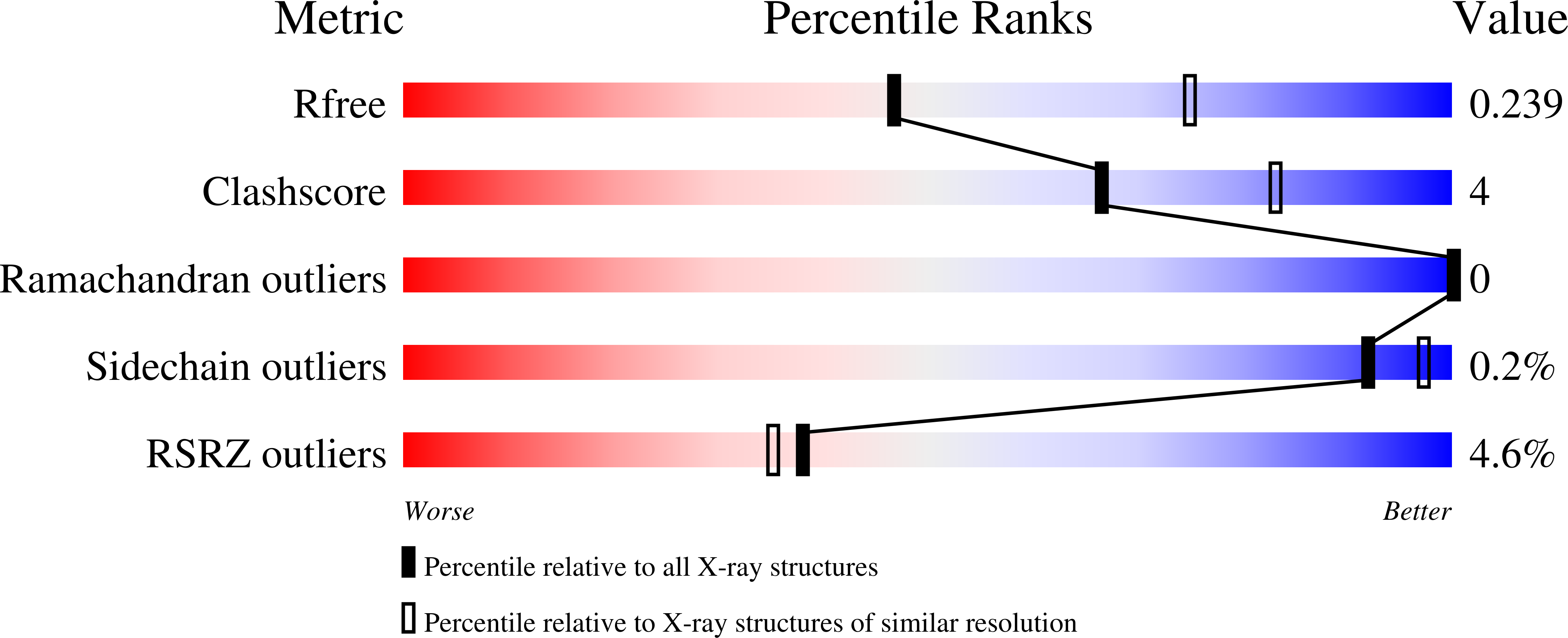
Deposition Date
2024-06-10
Release Date
2024-11-06
Last Version Date
2024-11-13
Entry Detail
PDB ID:
9C7K
Keywords:
Title:
Crystal structure of pentalenene synthase variant F76A with PEG molecule in the active site
Biological Source:
Source Organism:
Streptomyces exfoliatus (Taxon ID: 1905)
Host Organism:
Method Details:
Experimental Method:
Resolution:
2.50 Å
R-Value Free:
0.23
R-Value Work:
0.21
R-Value Observed:
0.21
Space Group:
P 63


